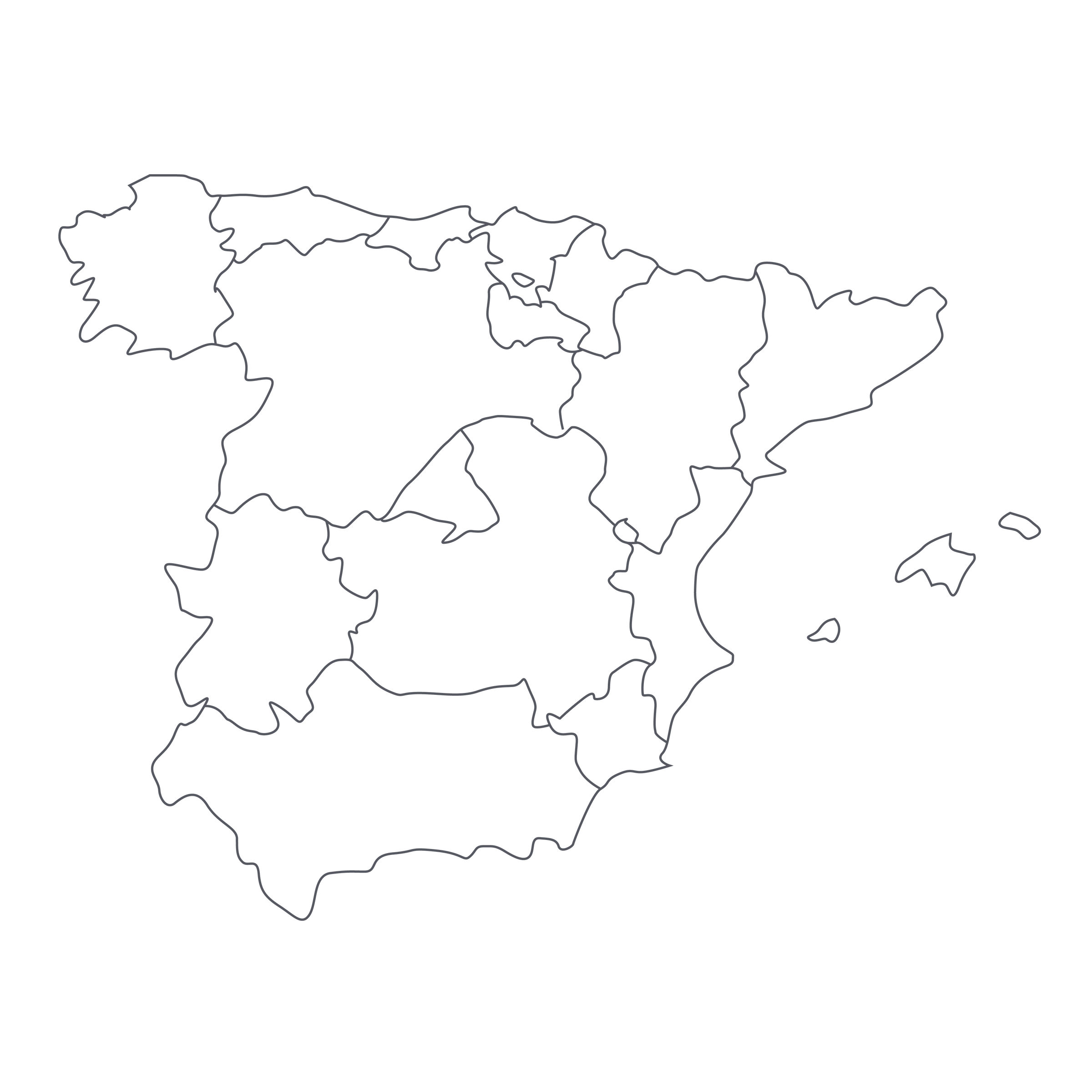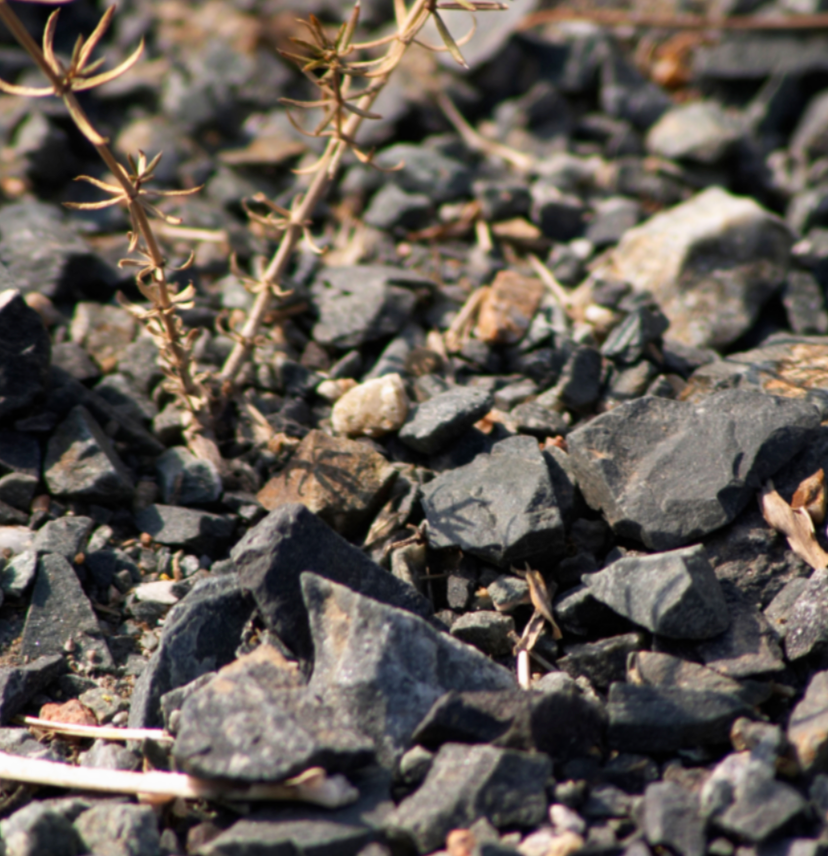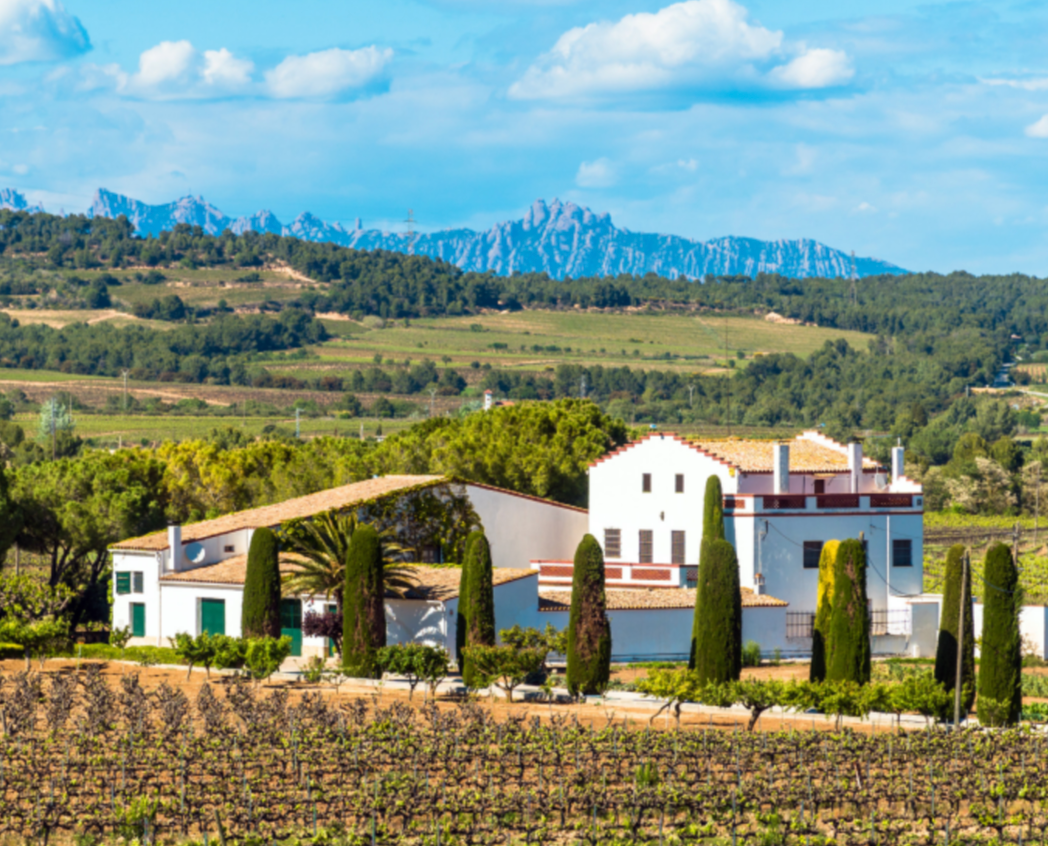By law, Cava can be produced in several Spanish wine regions. However, the town where Mata I Coloma is located, Sant Sadurní d'Anoia, is the actual birthplace of Cava and also the source of the highest quality examples. To this day, the picturesque village remains the heart of Cava country. True to the soil’s roots, Pere Mata has chosen to use only traditional Cava grapes including Macabeo, Xarel-lo, Parellada and Monastrell. His vineyards are nestled in the rolling hillside landscape of Penedès, which is about an hour northwest of the architectural wonders and culinary delights of Barcelona. The soils in his vineyards are comprised of limestone, sand and clay, each of which contributes to the pronounced minerality in his wines.
The production of Cava has been part of the Mata family heritage for generations. Today, Pere Mata guides this legacy with passionate respect for the land and the traditional farming methods of his ancestors. He farms organically and strives to bring balance to the vineyards by working with only the tools of nature. When drinking Pere Mata’s wines, it is apparent that he has been greatly inspired by the Champagnes of France. I have been told that the wines of Jacques Selosse and Cédric Bouchard have offered Pere Mata inspiration and they have clearly set a high bar for him. This particular release, the Cupada Rose, is a blend of 35% Macabeu, 20% Xarel-lo , 20% Parellada and 25% Monastrell. After primary fermentation, the wine is blended and transferred to bottle for secondary fermentation and lees aging. The final blend spends over three years resting on its lees, which garners a “Reserva” designation. This extended lees contact, one secret to many of the world’s most exciting - and expensive - sparkling wines, contributes richness, depth and texture that can only be achieved with the patience required of this practice. Beneath the broad texture, this particular Cava retains purity of its terroir, which is partly due to the fact that Pere Mata has chosen to eschew the addition of dosage (sugar). By French and Spanish law, this Cava is designated “Brut Nature,” and is considered by many to be sparkling wine in its purest form. The final product hearkens to the greatness of Champagne, but possesses its own style. The grapes, minerality and flavor profile are unique to northeast Spain and the price-to-quality here is truly unreal. If you love sparkling wine and your heart resides in Champagne, you must try this Cava. Pere Mata is one of the great producers of this ancient region and his wines will totally redefine it for you.
The 2011 Cupada Rose displays a pale pink core that moves to ruby red and green reflections on the rim. After a few minutes in the glass, the wine opens up and reveals complex aromas of dried wild strawberry, red currants, dried lemon peel, wet roses, croissant dough, beeswax, puréed hazelnuts and crushed white rocks. On the palate, the wine is round and creamy with flavors of strawberry, red cherry, crushed nuts and lemon zest with a chalky mineral finish. Temperature and glassware are both key for allowing the personality of this wine to shine; I recommend enjoying just under cellar temperature, at about 50F, in all-purpose white wine stems. Do not serve this beauty in a traditional Champagne flute or the aromas will be subdued. If you’re taking this wine out of the refrigerator, pull the cork and let the temperature rise for ten minutes prior to serving. Rose sparkling wine can handle more serious main course dishes; personally I love duck and
this particular recipe Duck and Turnip Rice Dish from southeast spain will be the ideal partner for the table. Make sure to have a few bottles cold!





